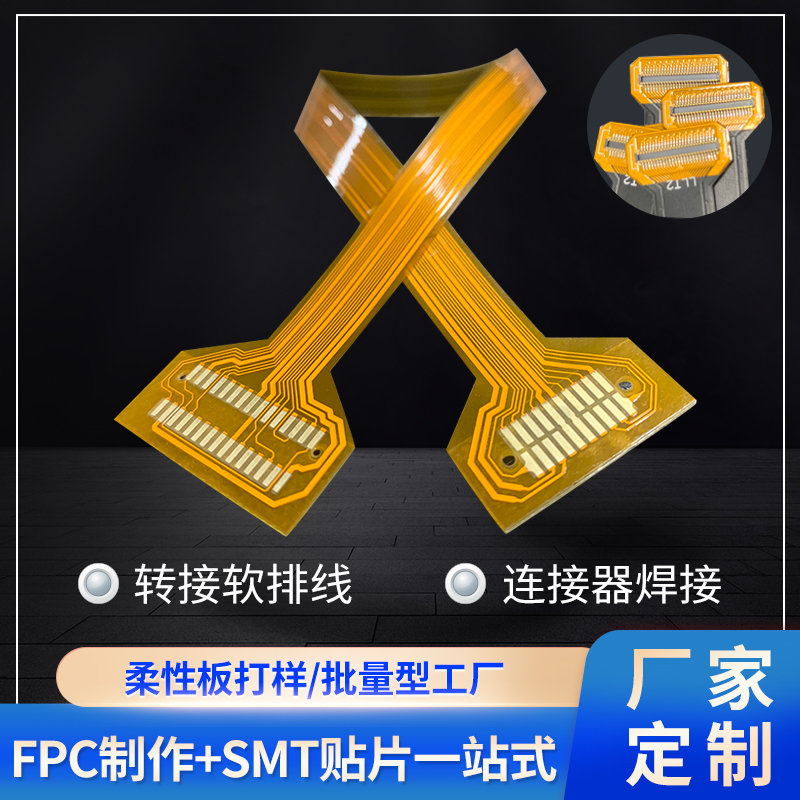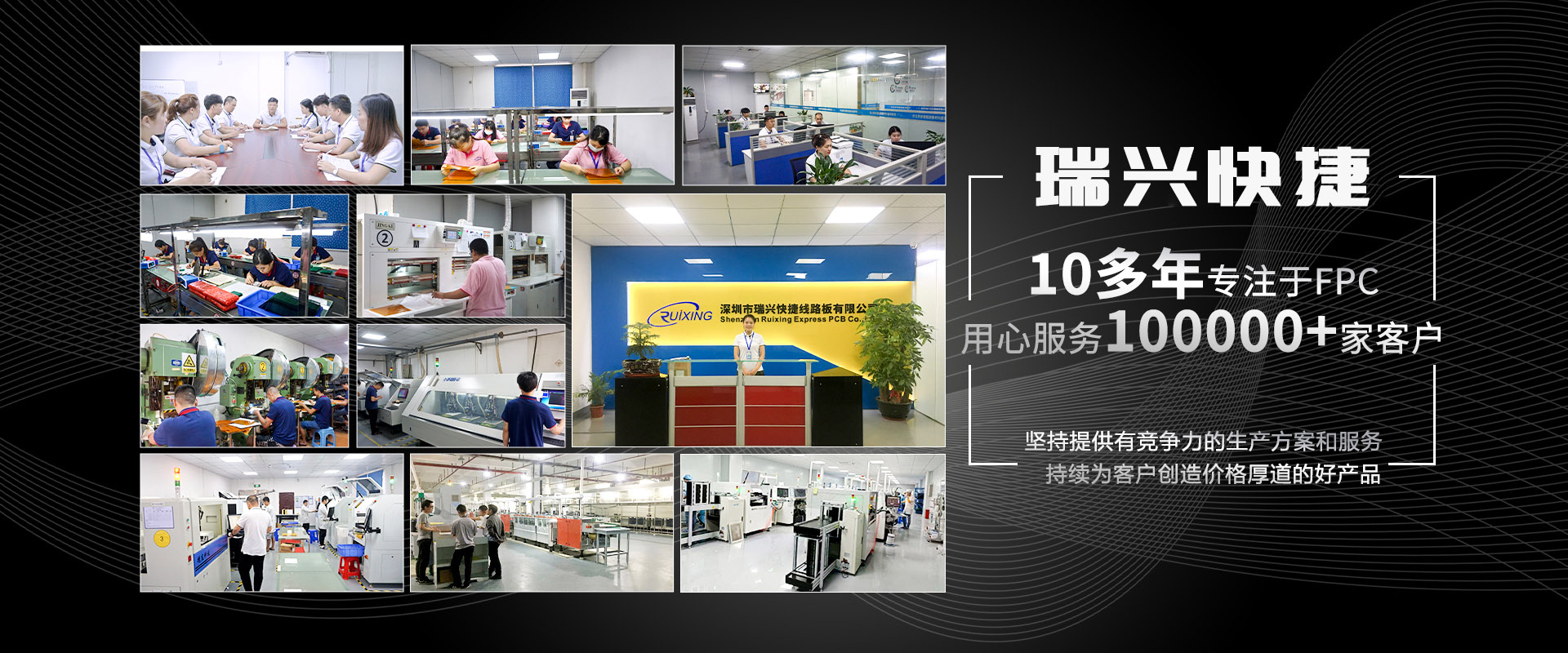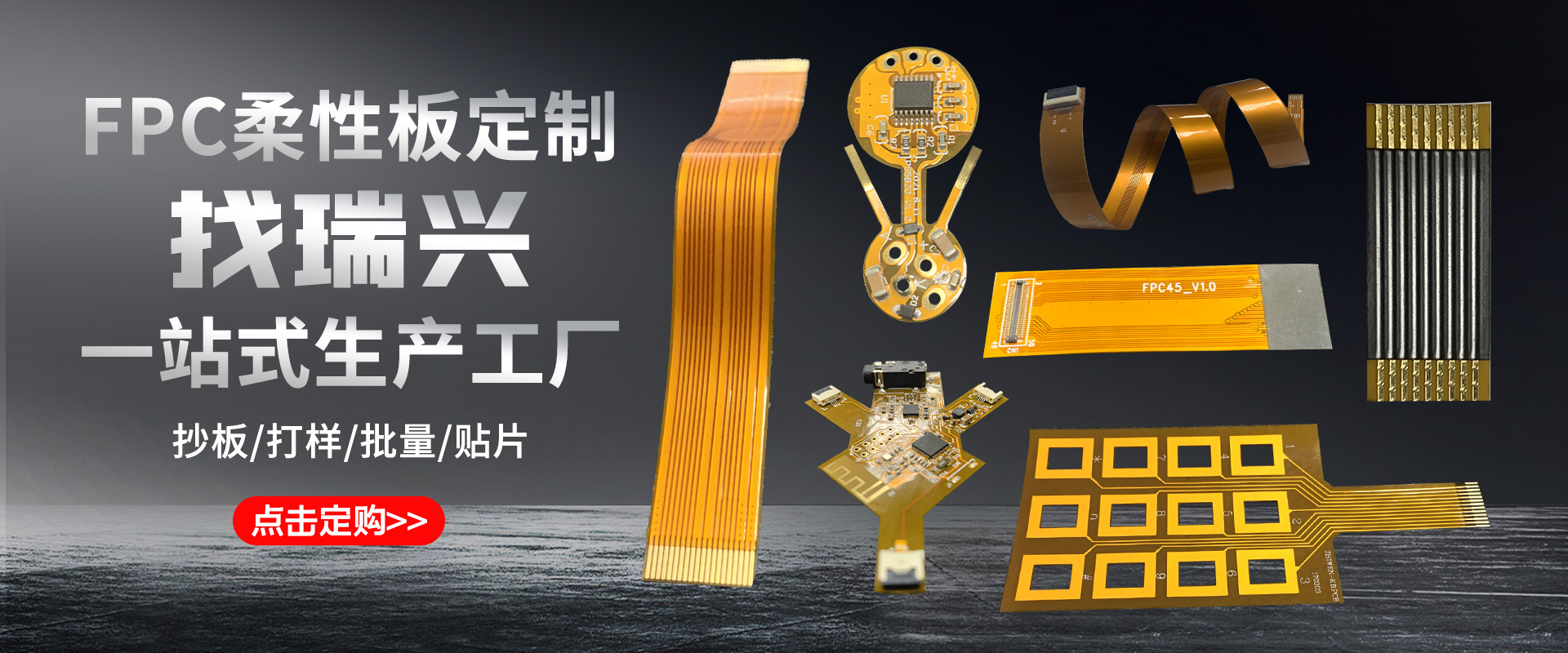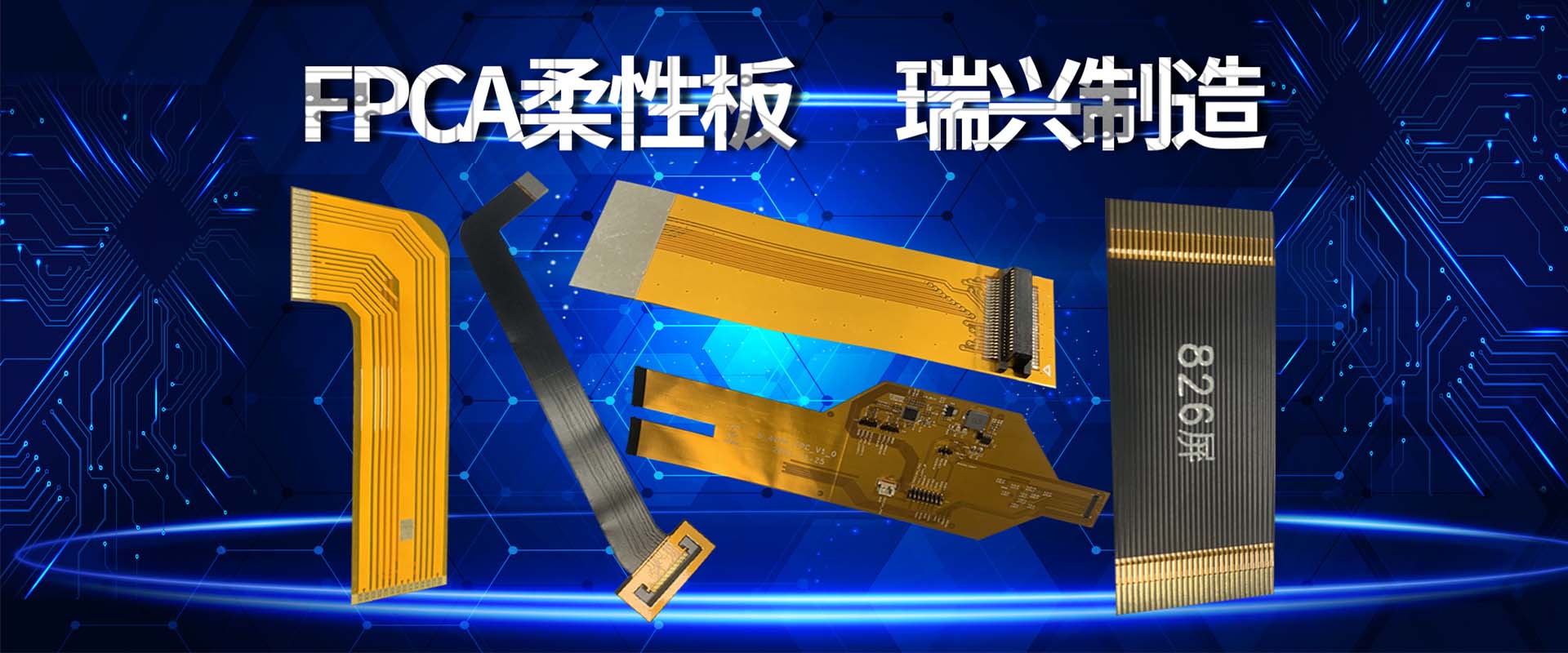
T production mode of FPC soft board
1. RTR (Reel to Reel) continuous tape rolling type
In the 1980s, a few large FPC FPC FPC manufacturers in the world began to build RTR production lines. Due to the immature process technology adopted at that time, the qualification rate of FPC products produced on the RTR production line was very low. In the late 1990s, due to the expansion of TAB and COF markets and the initial maturity of RTR technology, the advantages of equipment and technology for continuous production of FPC began to be brought into play in FPC for TAB and COF production. At the beginning of the 21st century, the technology development of FPC production by RTR has been relatively mature.

Advantages of RTR: It is unnecessary for operators to attach FPC to fixtures and other relevant working procedures. Avoid FPC creases and scratches. For example, FOG, NCP and other products with high requirements on dust-free environment should be made in the later process, which can avoid the pollution of personnel operation and environment. Simplify packaging, transportation and operation conditions. It can meet the COF and other process requirements of ultra-thin and high-end FPC.
Disadvantages of RTR: the specialization of production line equipment is high, and the applicable product range is narrow. RTR production equipment is expensive. It is suitable for the production of FPC in large quantities. It is not applicable to the production mode of multi variety and small batch.
2. Clamp attached type
The focus of fixture attachment production mode is the attachment and fixation of FPC. The purpose of FPC attachment is to change FPC into "PCB" by using fixture, so that FPC can perform T like "PCB". Compared with the REEL TO REEL continuous tape rolling type, the fixture attachment mode has low cost and is simple to use. Therefore, using the fixture for FPC T is the most commonly used method in the industry.







